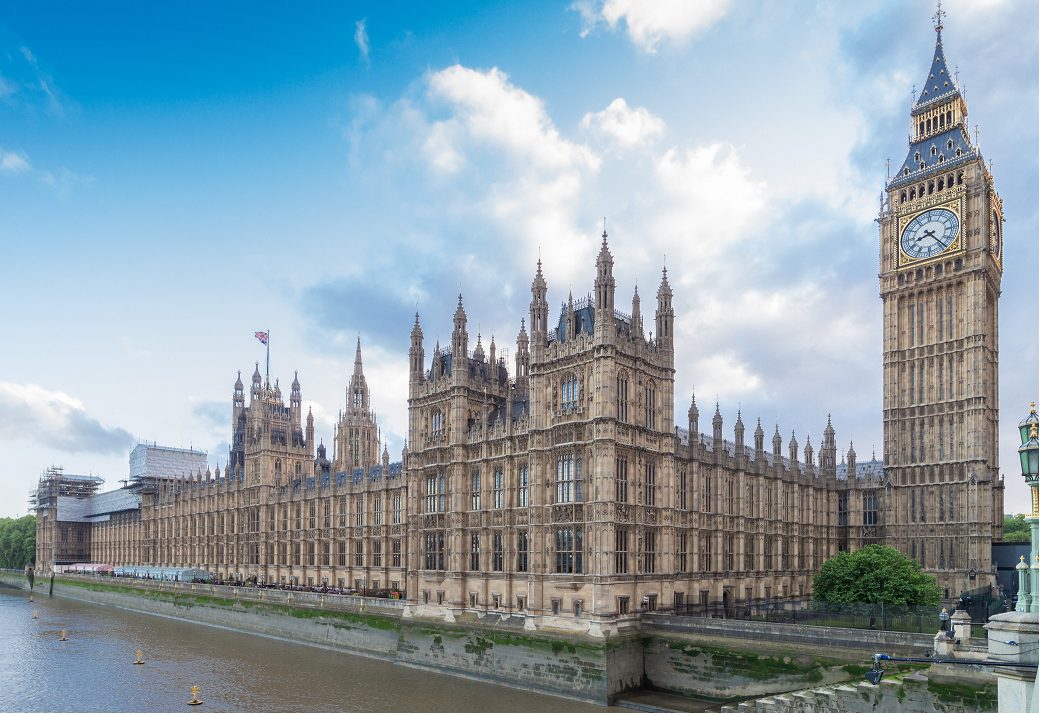New Flat Rate Levy to Replace Section 106 Developer’s Contribution

by Akeem Iginla
In the next Queen’s Speech, the Government plan to introduce a flat-rate tariff to replace negotiated developer contributions to infrastructure and affordable housing. The proposal was first raised in Government Planning White Paper in 2020.

The Rt Hon Michael Gove MP, Secretary of State for Levelling Up, Housing and Communities has had numerous meetings with Housebuilders about the proposals and a formal consultation could be launched within weeks. The Levelling Up Secretary plans to end requirements that force developers to include affordable homes in their schemes, instead making them contribute to a fund that Councils can utilize for their own projects.
The plan will involve raising money through a “consolidated infrastructure levy”, that would charge developers a fee set as a proportion of the value of their housing project that will then be spent by Councils. However, it’s unclear if Councils will be able to utilise the money raised by the levy in a manner that they deem fit, or if they will be mandated to earmark it for projects such as homes, schools and GP Surgeries. However, it is most likely that large amount of money is likely to be funnelled into local authority schemes to address the housing crisis.
As it currently stands, Section 106 of the Town and Country Planning Act (1990) allows Councils to mandate developers to build infrastructure in return for permission to start work on new developments. This includes a requirement for a certain number of affordable homes, which can be run by social housing groups, sold through a shared ownership scheme or offered for sale or rent at a below-market rate.
However, many developers have criticised the Section 106 system for being overly bureaucratic, causing immense delays to projects. Conversely, the flat-rate of CIL allows local authorities to raise contributions from owners or developers of land undertaking new building projects in their area towards the cost of the necessary supporting infrastructure.
The new single infrastructure levy, and other proposals in the 2020 White Paper, were due to be introduced in a standalone planning bill, promised in last year’s Queen Speech. However, the Government seems to have dropped this in favour of including a slimmed down collection of planning changes in a levelling up and regeneration bill.

In January, The House of Lords Built Environment Committee sought reassurance on how the money that will be raised by the new levy would be expended and called for safeguards in order to ensure that the resources raised are spent on the delivery of affordable homes or necessary infrastructure early on in the development and are tied to identified needs.
The Government response to the House of Lords is that it was still planning to introduce a new single “Infrastructure Levy” and said that the approach being considered is aimed to deliver at least as much, if not more, value and onsite affordable housing as is currently collected.
The Government further stated that the levy would be based on final sales values, more land value uplift could be captured for communities and public good, providing greater revenue for local authorities to fund more affordable and social housing. To better support the timely delivery of infrastructure, local authorities would be allowed to borrow against infrastructure levy revenues in order for them to forward fund such infrastructure. Proceeds from the levy would continue to be collected and spent locally and will provide greater flexibility for local authorities in how they are spent.
The Government further noted that the model they plan to introduce, the new infrastructure levy would be non- negotiable, reducing the delays and uncertainty that Section 106 planning obligations can be subject to. With greater certainty around costs, and the ability to factor expenditure into the price paid for land, this should mean that affordable housing and infrastructure delivery is improved.
I would want to add that in this plan that the Government is considering that the new infrastructure levy would reduce the delays and precariousness that current Section 106 planning obligations can be subjected to. Affordable housing and infrastructure delivery will be improved due to greater certainty around costs, and the capability to factor expenditure into the price paid for land.






